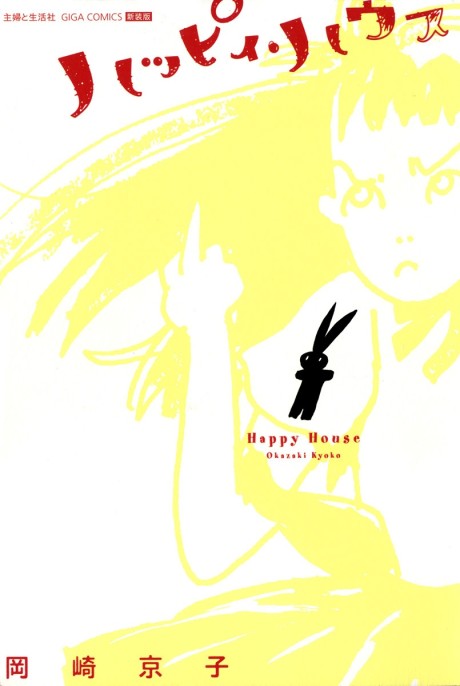
Happy House
In Happy House, Okazaki portrays how the economic boom in Japan of the late 1960s had profoundly changed the behavior of Japan. More and more Japanese women had started working, and in the mid-1970s, many were more likely to keep their career after marriage or even after childbirth. Women began to express independence, refuse the traditional role of being a housewife, and divorce became more common. The heroine in Happy House is a thirteen-year-old girl. Her father is a television director and her mother is an actress, who is often too busy to care for her children. When the teenager faces the possible divorce of her parents, she does not want to live with her father or mother, because she feels that she cannot be happy ...
Read MoreDescription
In Happy House, Okazaki portrays how the economic boom in Japan of the late 1960s had profoundly changed the behavior of Japan. More and more Japanese women had started working, and in the mid-1970s, many were more likely to keep their career after marriage or even after childbirth. Women began to express independence, refuse the traditional role of being a housewife, and divorce became more common. The heroine in Happy House is a thirteen-year-old girl. Her father is a television director and her mother is an actress, who is often too busy to care for her children. When the teenager faces the possible divorce of her parents, she does not want to live with her father or mother, because she feels that she cannot be happy with either one of them. Instead, she dreams of leaving her home to live alone and earn her own money so she can emancipate herself from her parents.
(Source: Wikipedia)